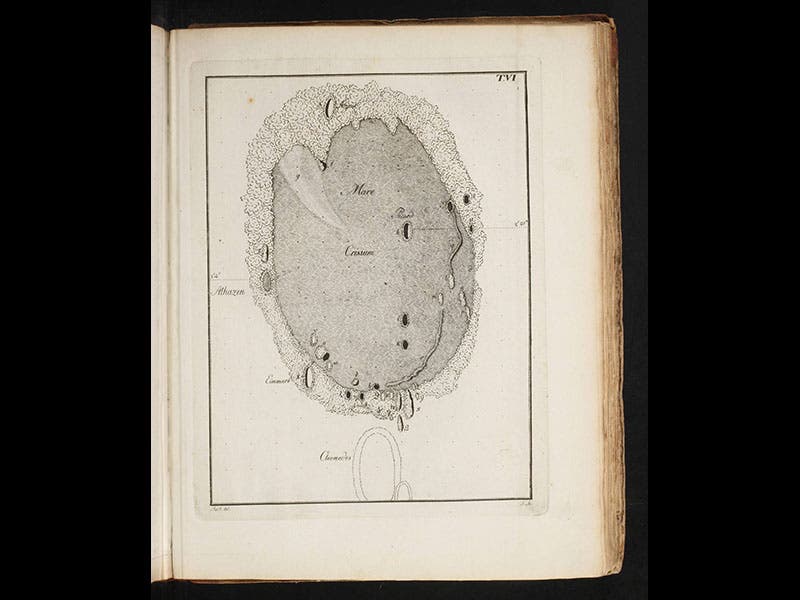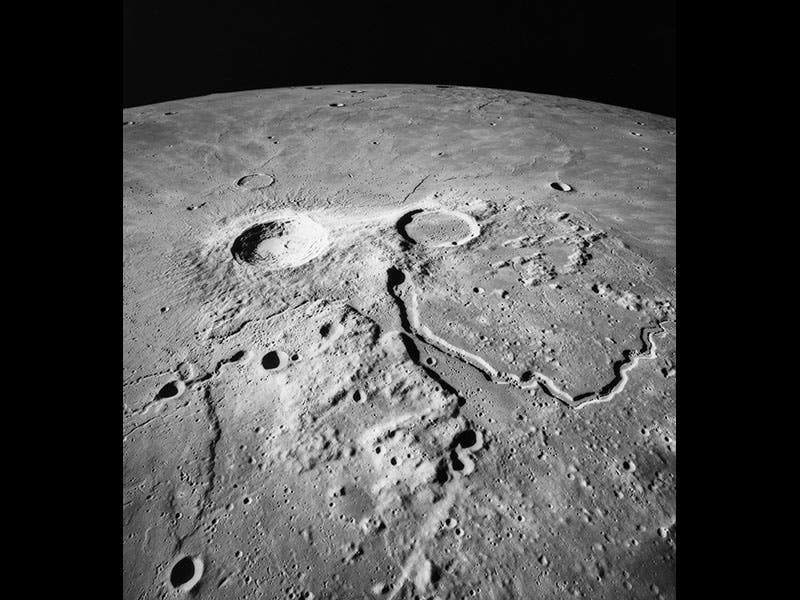Scientist of the Day - Johann Schroeter
Johann Hieronymus Schroeter, a German magistrate and astronomer, was born Aug. 30, 1745. Schroeter was one of the best lunar and planetary observers in late 18th-century Europe. He had his own private observatory in Lilienthal, and he equipped it with the best telescopes available, including several that were built by William Herschel, a fellow German now living in England and drawing a healthy stipend from King George III, yet another German who had emigrated to England. Schroeter observed and wrote books on Venus, Saturn, and the new trio of asteroids, Ceres, Pallas, and Juno—the last having been discovered right there at Lilienthal by one of Schroeter's assistants.
But Schroeter's most impressive publication is surely his first, Selenotopographische Fragmente (Fragments of lunar topography, 1791). This book has 43 engravings of different sections of the lunar surface, many showing the same area under different lighting conditions. His drawings, the basis for the engravings, showed incredibly tiny features--craterlets within craters, and all manner of rilles and valleys. We see four of those sectional maps above, showing: the lunar Apennines and the crater Archimedes (first image); Mare Crisium (second image); Plato, Cassini, and the Alpine Valley (third image), and the craters Regiomontanus and Peurbach (fourth image). This engraving depicts as well the Straight Wall, a lunar feature not discovered by Schroeter, but given its best representation here.
There is a striking lunar feature that Schroeter never observed but which was nevertheless named in his honor. It is called Schroter’s Valley, and it is a W-shaped rille that lies very close to the crater Aristarchus. It was recorded in a photo taken from lunar orbit by Apollo 15 (fifth image).
We included Schroeter’s lunar book and his image of the Straight Wall in our exhibition, The Face of the Moon: Galileo to Apollo.
Dr. William B. Ashworth, Jr., Consultant for the History of Science, Linda Hall Library and Associate Professor, Department of History, University of Missouri-Kansas City. Comments or corrections are welcome; please direct to ashworthw@umkc.edu.











